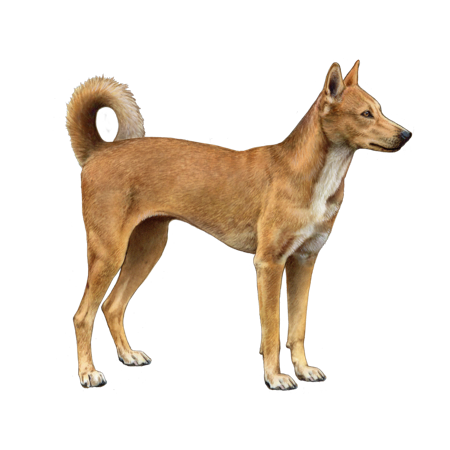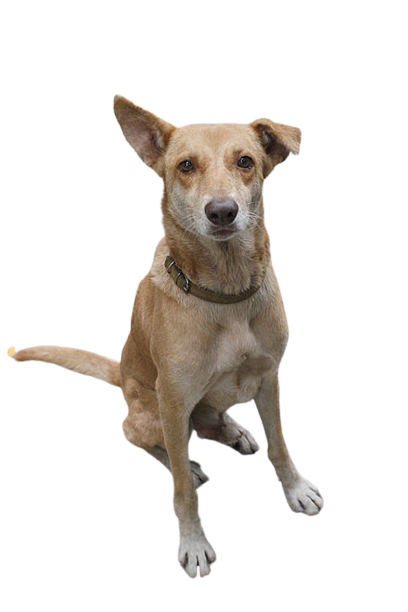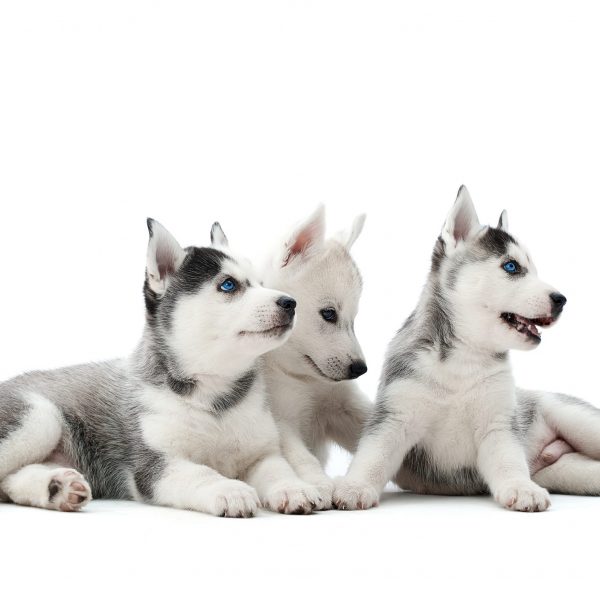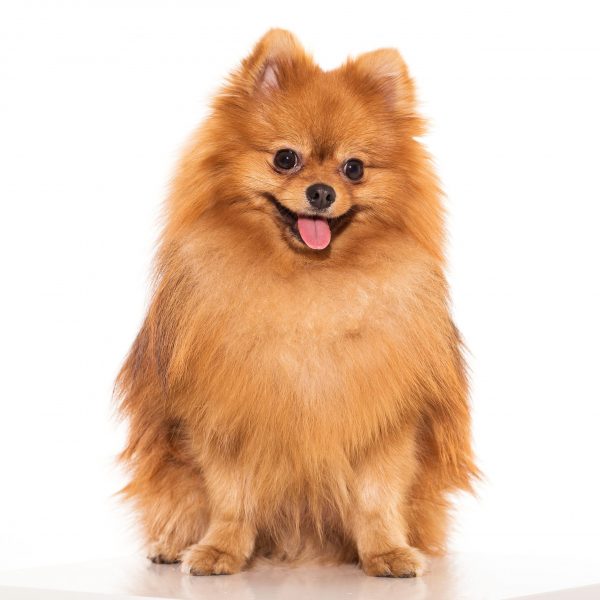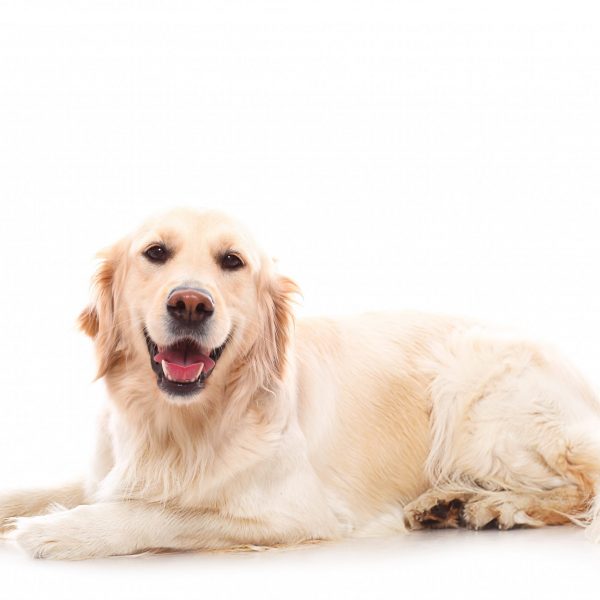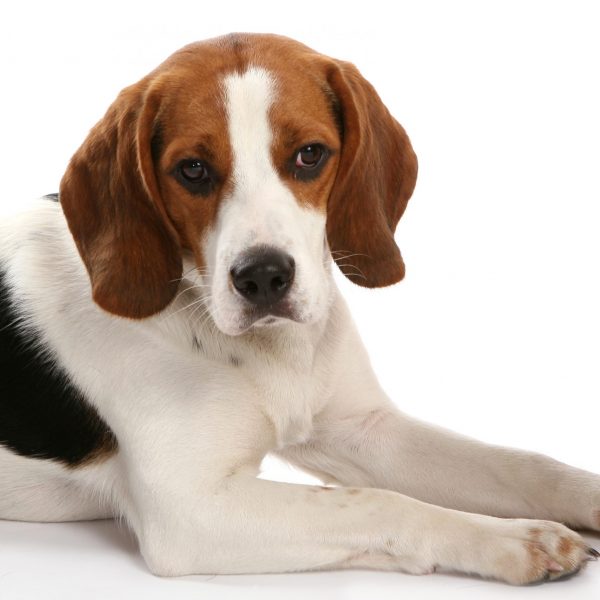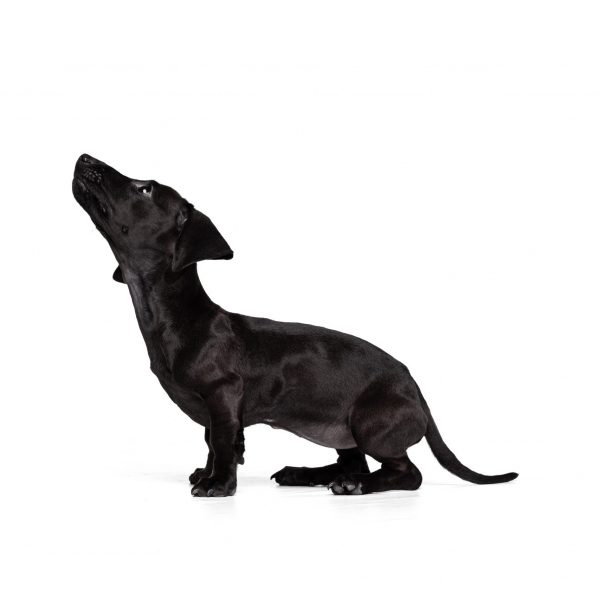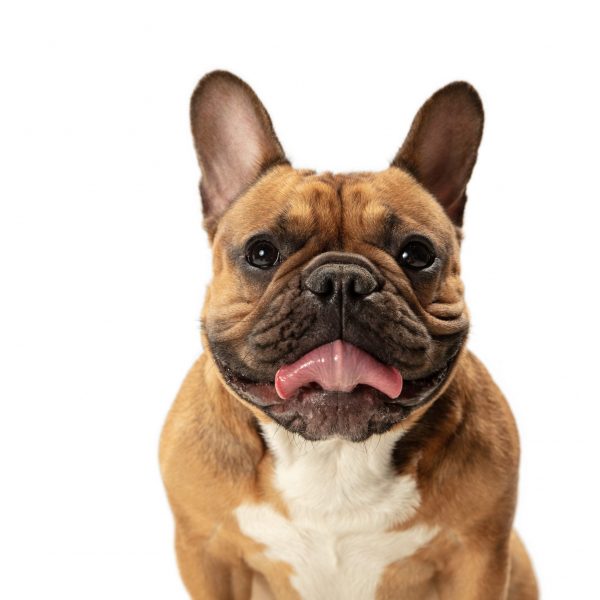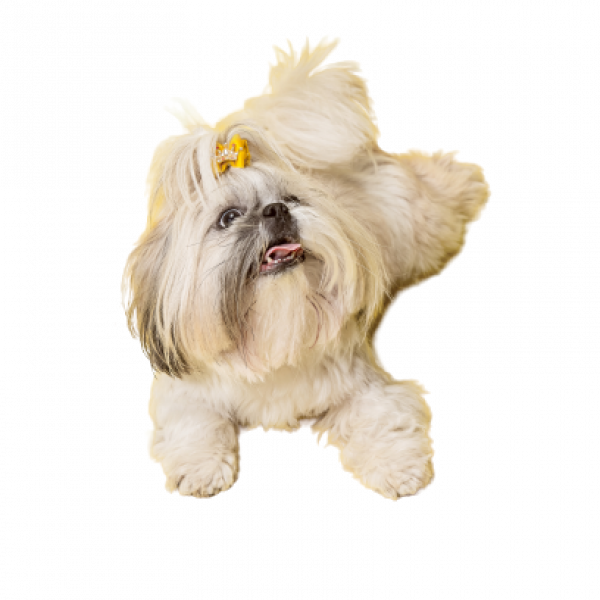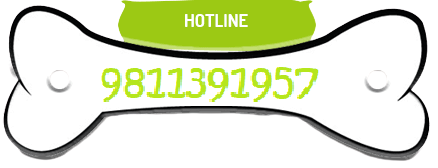Vital Stats
The Indian Pariah dog is the landrace of Indian dogs. In other words, they’re the original aboriginal dog breed of the country. These are the dogs that humans first encountered as they spread across the Indian sub-continent tens of thousands of years ago.
Many people think that Pariah Dog is just the name for the urban street dogs of India; a mongrel breed of little consequence. While many Pariahs have found homes on the streets of modern urban India, they are much more than mangy mutts scrabbling in the trash. In fact, they are the genetic ancestors of all native Indian dogs.
The Indian Pariah Dog is one of the most friendliest of all Indian breeds. Despite their primitive nature, they are actually very social dogs. They get along with both children and other dogs fairly well with early socialization. The only concern is if you own a smaller (toy) dog and/or pet. In this case, they may possibly bully them.
They love to please their owners and are relatively intelligent dogs. Even novice owners and trainers will be able to train these dogs effectively. As long as you show love and support, they will do your bidding.
Dog Breed Group
N/A
Weight
14 to 28 Kg
Height
18 inches to 25 inches tall
Life Span
12 to 15 years

